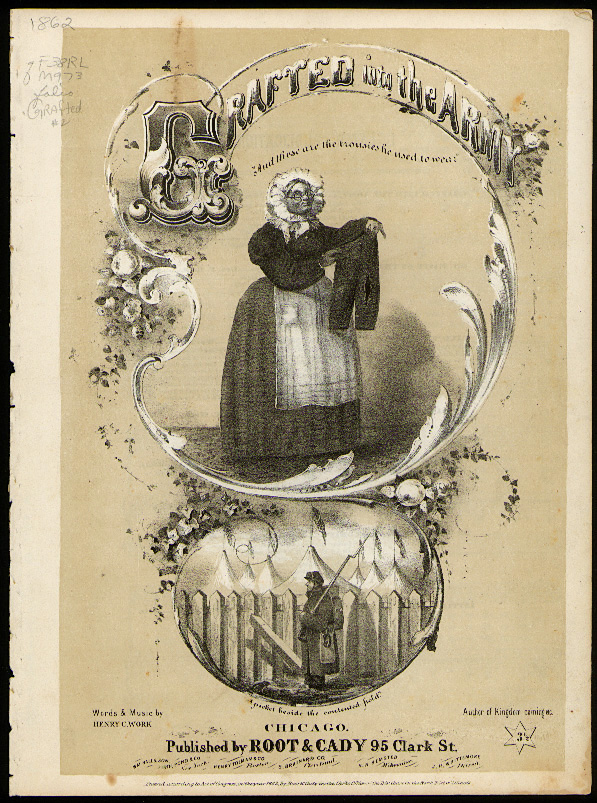wet with blood

I curated, designed, and produced the Chicago History Museum digital site Wet with Blood: The Investigation of Mary Todd Lincoln’s Cloak as my master’s thesis. I received a 2001 Northwestern University Scholars Award for the project.
Highlighting a collection of artifacts associated with Abraham Lincoln’s assassination, the site draws on the devotional interest in the President and DNA analysis to prompt questions about bioethics, the creation of public icons, the authenticity of historical artifacts, and the limitations of scientific research.


Wet with Blood was developed in consultation with bioethicists, forensic scientists, and historians from several institutions. Dr. Robert Gaensslen, Director of Forensic Science at the University of Illinois-Chicago, explains the process of testing 19th-century blood stains with 21st-century forensic techniques.
Special features include the historical provenance of the assassination artifacts, highlighting the stories of those who wore, collected, and traded them. Frenzied men, women and children hoarded souvenirs of the tragedy, begging locks of hair from Lincoln’s surgeons, cutting up his stained deathbed linens, and scavenging half-dried blood from the street.


A tour of the Libby Prison War Museum, where the Lincoln assassination relics were displayed prior to their acquisition by the Chicago History Museum. Confectioner Charles Gunther and a consortium of businessmen resurrected the former Richmond prisoner-of-war camp in Chicago in 1889, in consultation the architectural firm of Burnham and Root. A hospital room “chamber of horrors” showcased the relics amid battlefield surgical instruments and shrunken “Inca” heads. Museum catalogs promoted Gunther’s candy, Libby Prison cigars, the Libby Prison Hotel and Restaurant, silver Lincoln souvenir spoons, and buttons carved from the original prison flooring.
A 360 degree virtual panorama of the cloak attributed to Mary Todd Lincoln with stains illuminated by infrared light. Mary allegedly gave the cloak to Elizabeth Keckly (also spelled Keckley), a Washington D.C. modiste who was born a slave but purchased her freedom with her dressmaking skills. Keckly swore that the cloak was “wet with blood” on the night of Lincoln’s assassination.


The tour features a Civil War Jukebox with 19th-century Chicago hits favored by the Libby Prison Military Cadet, Fife, Drum and Bugle School, performed by the Chicago Institute of Music Chorale. Civil War veterans were stationed throughout the Libby Prison War Museum to guide visitors and share their wartime experiences. Music had been a welcome distraction for Libby prisoners, who often entertained each other as well as their Confederate captors.
I’ve published the related article Charles Frederick Gunther, available at American National Biography Online. Gunther collected the genuine, the probable, and the preposterous, including an Egyptian mummy labeled “Pharaoh’s daughter who discovered Moses in the bulrushes,” and the “Skin of the Serpent that Tempted Eve in the Garden of Eden.” He also secured authenticated treasures, including rare manuscripts documenting the Northwest Territory and Revolutionary, Indian, and Civil Wars; the table on which Robert E. Lee composed his Appomattox Court House surrender; and Abraham Lincoln’s Petersen house death bed.


For a discusion of conservation and ethical concerns raised by the project, see my article Connective Tissues: Ethical Guidelines for Biohistorical Research in the Journal for the American Institute for Conservation 43:3 (Autumn 2004).



